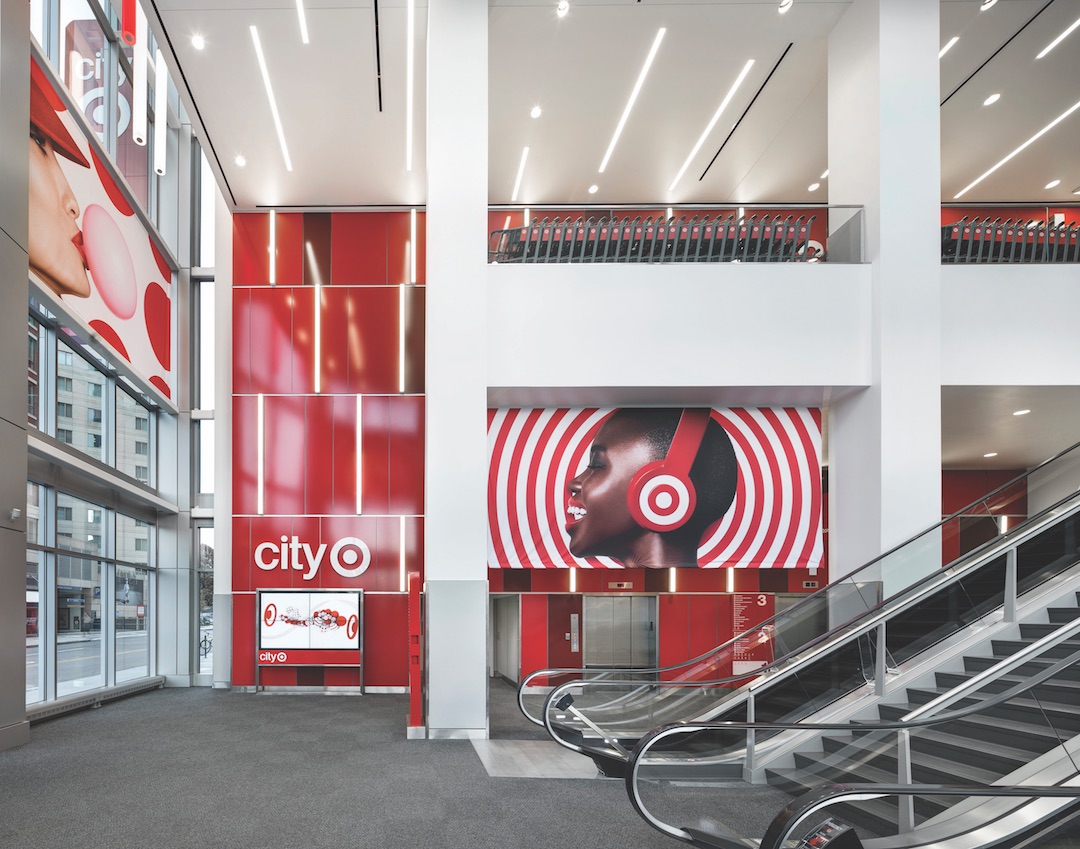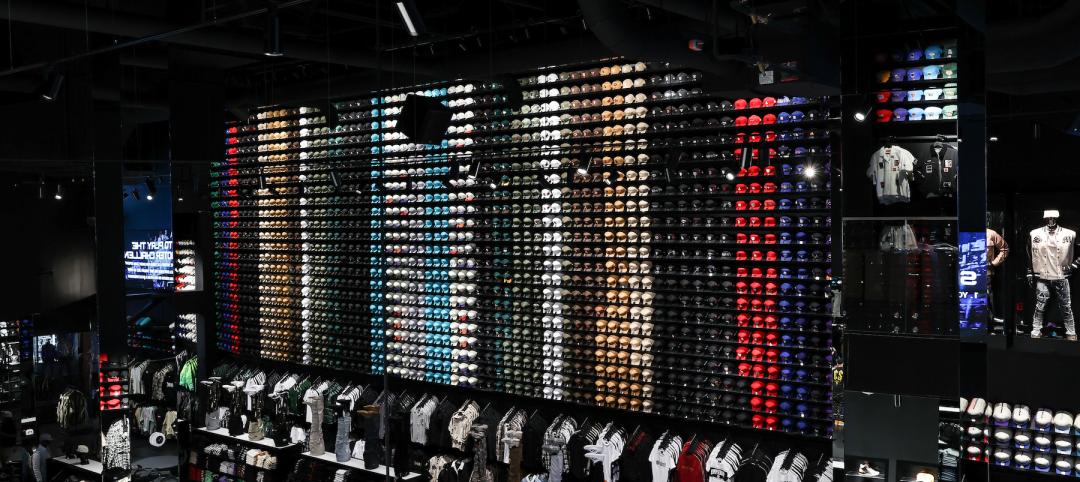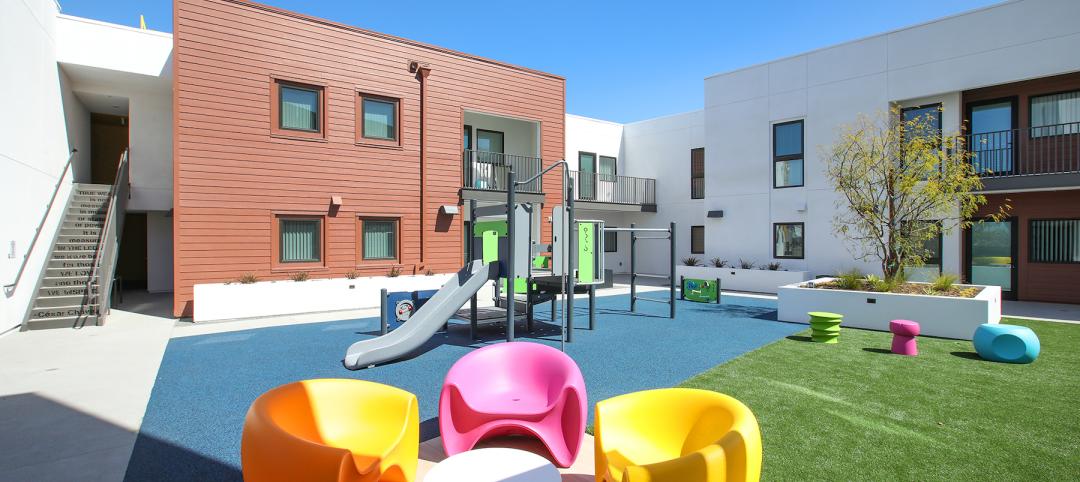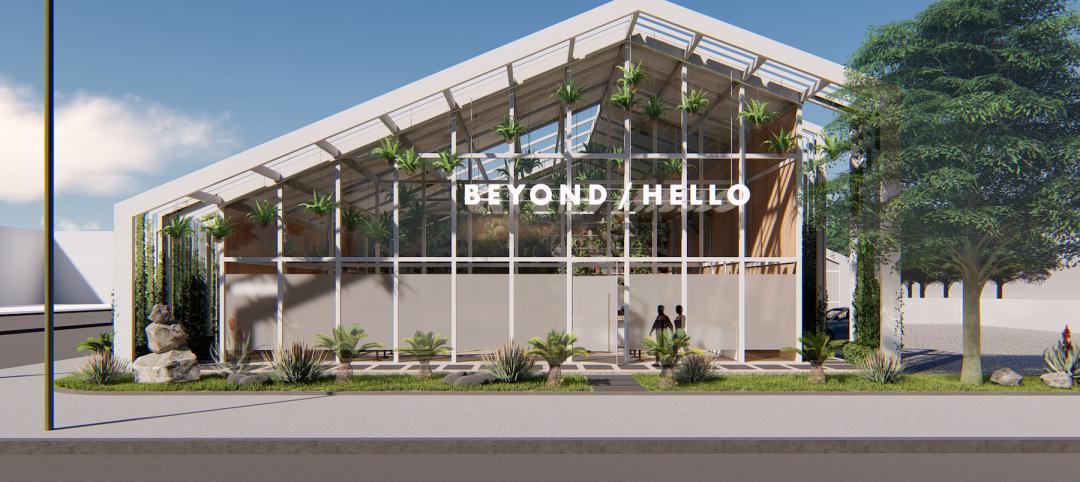E-commerce and mobile technology have drastically altered retail customers’ expectations on service and convenience. In January, Amazon opened its new concept store, Amazon Go. Customers simply grab items off of the shelves and walk out of the 1,800-sf store. Checkout and payment are handled automatically via the Amazon app on their smartphones. No lines. No cash registers. It’s the ultimate in brick-and-mortar shopping convenience.
“Change is the new norm,” says Justin Hill, AIA, LEED AP, Principal with MG2. “Retailers are looking for a silver bullet, knowing that there isn’t one, but that the search is important.”
The collapse of big chains like Toys"R"Us and tough going for stalwarts like Sears and JC Penney is often explained away as competition from Internet retailers. That’s an oversimplification, says Elaine Kleinschmidt, EVP of Strategy and Experience Design with WD Partners. “A lot of the problems stem from debt and bad real estate deals,” she says, noting that digital sales account for just 9-10% of overall retail sales. That leaves the lion’s share for physical locations.
See also: Top 130 Retail Architecture + AE Firms - 2018 Giants 300 rankings
See also: Top 65 Retail Engineering + EA Firms - 2018 Giants 300 rankings
See also: Top 90 Retail Construction + CM Firms - 2018 Giants 300 rankings
Still, a major shakeout is to be expected. “We’re overpopulated in retail square footage,” Kleinschmidt says. “The U.S. has quadruple the amount of retail space as other developed countries.” The number of malls nationwide has declined from about 1,100 to 825, 275 of which are in jeopardy, she notes.
Look for closed department stores to be repurposed into healthcare centers, fitness clubs, and even charter schools. E-tailers such as Wayfair, which is planning to open its first brick-and-mortar location in Boston this year, are testing the physical store option.
Retail brands must understand the changing behaviors of consumers as they adopt new technology and new physical store strategies. “Insights have to fuel the design process,” says Kleinschmidt. Among the avenues for improving the customer experience are better in-store and online technology, remodeling interior of stores, and opening smaller-format stores that cost less to own and operate.
“Retailers have so many options to invest in,” says Stephen Jay, Managing Director at Big Red Rooster, a JLL company. "Where to start?”
Clients shouldn’t let the latest technology or design trend lead them to overlook quality of service, Jay says. “The last moments of a shopping experience are where value is created or destroyed,” he says. Making it easy for customers to find what they are looking for, along with efficient checkout, boosts brand loyalty and can lead to greater sales. “If you save customers time, they are more likely to buy something for themselves or explore something new,” says Jay.
Amazon Go aces the convenience test. The store is rooted in convenience and efficiency. The compact layout and minimalist signage make items easy to find. The checkout process couldn’t be simpler. That's critical. “Amazon doesn’t want customers to have to learn new behaviors,” says Myra Vaughn, AIA, LEED AP, Principal with MG2.
Thousands of sensors embedded in the ceiling track customers' movements and the items they take off the shelves. Tracking which items are examined and put back on the shelf, for example, could give retailers insight into pricing, ingredients, and features customers are responding to.
Smaller-format stores address the efficiency issue, too, as customers can find items on their list more quickly than in big-box stores. Target reportedly plans to open 130 small-format stores by 2019. About one-quarter of the new 26,000-sf formats will be devoted to groceries. The intent is to stimulate consumers to make more frequent trips than they would to the company’s larger big-box stores.
Scaled-down store formats will be a consistent trend, says Hill. Having more than one format to implement gives retailers flexibility to serve customers in multiple ways. When a brand has small-format and larger-format stores in the same area, it could provide customers with an added convenience. “They may not have your size at one location, but if it is available in a different store in your area, the item could be delivered to your door,” says Bill Wittrock, AIA, Associate Principal with RSP.
Small-format stores, in particular, are likely to have moveable light fixtures and displays on casters so that store managers can reconfigure spaces easily. “They don’t know what they might need a store to do in five years,” Hill says, so the space must be adaptable as the mix of goods changes according to consumer tastes and trends. For items like shoes and clothing, consumers want to touch and try on the product. Other items may be popular online, and there will be less need to stock them on site.
See Also: 'Home away from home' is hoteliers' newest theme
IKEA recently embraced the small-format option with sites located between major metro areas that primarily serve as pick-up locations for online purchases. One of these small-format stores located between Pittsburgh and Columbus, Ohio, which are about four hours apart. Customers can pick up bigger furniture items that they’ve purchased online. Soon they will be able to use an augmented reality app to visualize what the products will look like in their homes before ordering. The Swedish retailer has also experimented with pop-up stores for specific items.
A retail startup, Appear Here, has recently emerged as a sort of “Airbnb for the retail market,” says Vaughn. The service matches product vendors and retailers with temporary pop-up store space. One trendy skate-culture brand recently opened a shop in an unused former New York City subway restroom, she says. These innovative format options could create social media buzz, a key to attracting Millennials and Generation Z shoppers.
“There will be more emphasis on engagement with products,” notes Ryan Sommers, AIA, LEED AP, Associate with RSP. Test kitchens, such as those made popular by the foodie store Eataly, are one such example, he says.
Physical stores will change, says Kleinschmidt, but "brick and mortar is not going away.”
Related Stories
Retail Centers | Nov 17, 2022
Streetwear brand Culture Kings plants its flag in Las Vegas
The immersive retail concept gives customers more reasons to stay in the store longer.
BAS and Security | Oct 19, 2022
The biggest cybersecurity threats in commercial real estate, and how to mitigate them
Coleman Wolf, Senior Security Systems Consultant with global engineering firm ESD, outlines the top-three cybersecurity threats to commercial and institutional building owners and property managers, and offers advice on how to deter and defend against hackers.
Giants 400 | Aug 22, 2022
Top 90 Construction Management Firms for 2022
CBRE, Alfa Tech, Jacobs, and Hill International head the rankings of the nation's largest construction management (as agent) and program/project management firms for nonresidential and multifamily buildings work, as reported in Building Design+Construction's 2022 Giants 400 Report.
Giants 400 | Aug 22, 2022
Top 200 Contractors for 2022
Turner Construction, STO Building Group, Whiting-Turner, and DPR Construction top the ranking of the nation's largest general contractors, CM at risk firms, and design-builders for nonresidential buildings and multifamily buildings work, as reported in Building Design+Construction's 2022 Giants 400 Report.
Giants 400 | Aug 22, 2022
Top 45 Engineering Architecture Firms for 2022
Jacobs, AECOM, WSP, and Burns & McDonnell top the rankings of the nation's largest engineering architecture (EA) firms for nonresidential buildings and multifamily buildings work, as reported in Building Design+Construction's 2022 Giants 400 Report.
Giants 400 | Aug 21, 2022
Top 110 Architecture/Engineering Firms for 2022
Stantec, HDR, HOK, and Skidmore, Owings & Merrill top the rankings of the nation's largest architecture engineering (AE) firms for nonresidential and multifamily buildings work, as reported in Building Design+Construction's 2022 Giants 400 Report.
Giants 400 | Aug 19, 2022
2022 Giants 400 Report: Tracking the nation's largest architecture, engineering, and construction firms
Now 46 years running, Building Design+Construction's 2022 Giants 400 Report rankings the largest architecture, engineering, and construction firms in the U.S. This year a record 519 AEC firms participated in BD+C's Giants 400 report. The final report includes more than 130 rankings across 25 building sectors and specialty categories.
Multifamily Housing | Aug 17, 2022
California strip mall goes multifamily residential
Tiny Tim Plaza started out as a gas station and a dozen or so stores. Now it’s a thriving mixed-use community, minus the gas station.
Sponsored | BD+C University Course | May 3, 2022
For glass openings, how big is too big?
Advances in glazing materials and glass building systems offer a seemingly unlimited horizon for not only glass performance, but also for the size and extent of these light, transparent forms. Both for enclosures and for indoor environments, novel products and assemblies allow for more glass and less opaque structure—often in places that previously limited their use.
Retail Centers | Apr 28, 2022
Cannabis dispensary Beyond-Hello debuts ‘glass-box’ design for Culver City facility
Los Angeles’ Culver City will open its first cannabis dispensary with Beyond/Hello.

















